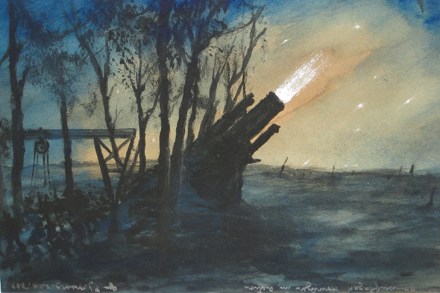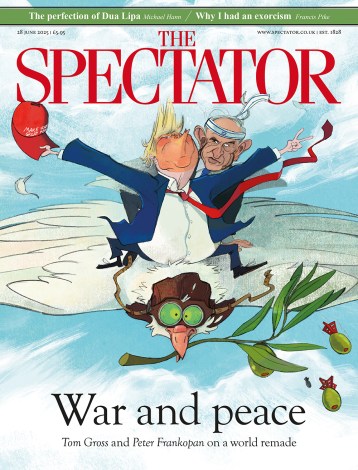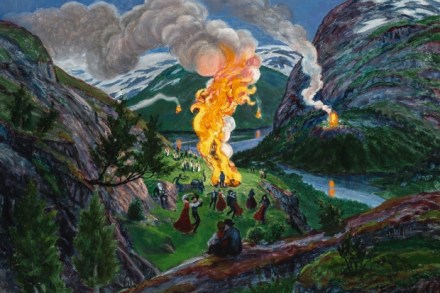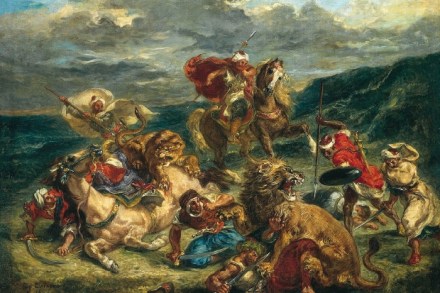A soldier’s-eye view
The first world war paintings of Paul Nash are so vivid and emotive that they have come to embody, as readily as any photograph, the horrendous, bitter misery of the trenches. His blighted landscapes represent the destruction of a generation of soldiers, men who were blasted apart as carelessly as the bomb-shattered mud in ‘The Mule Track’ (1918) or the reproachful twists of blackened wood and pocked land in ‘Wire’ (1918/9). These works are fixtures in our visual understanding of that war. It is strange, then, to see an exhibition of first world war art that excludes Nash, his brother John, and indeed any of the other artists we associate









